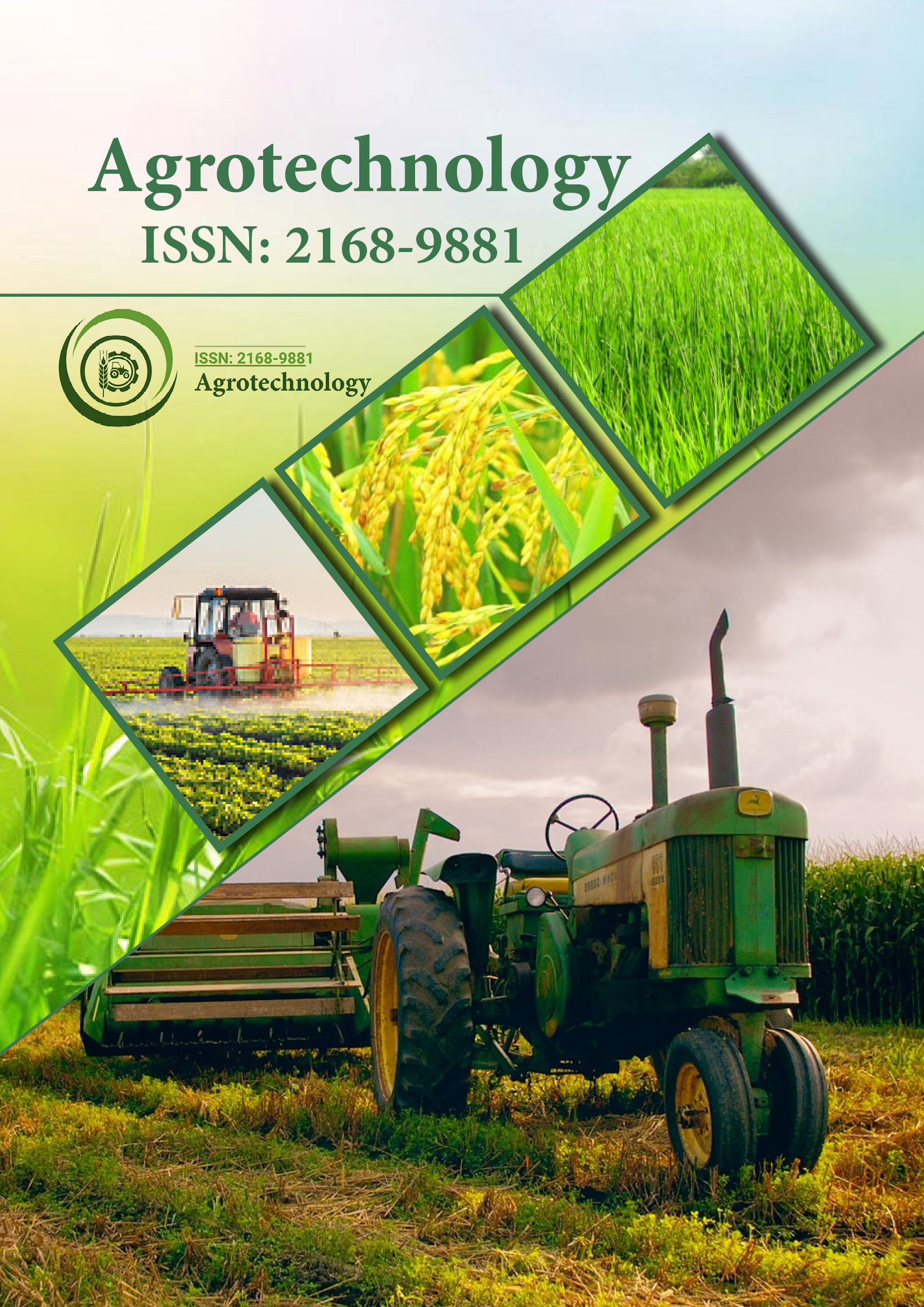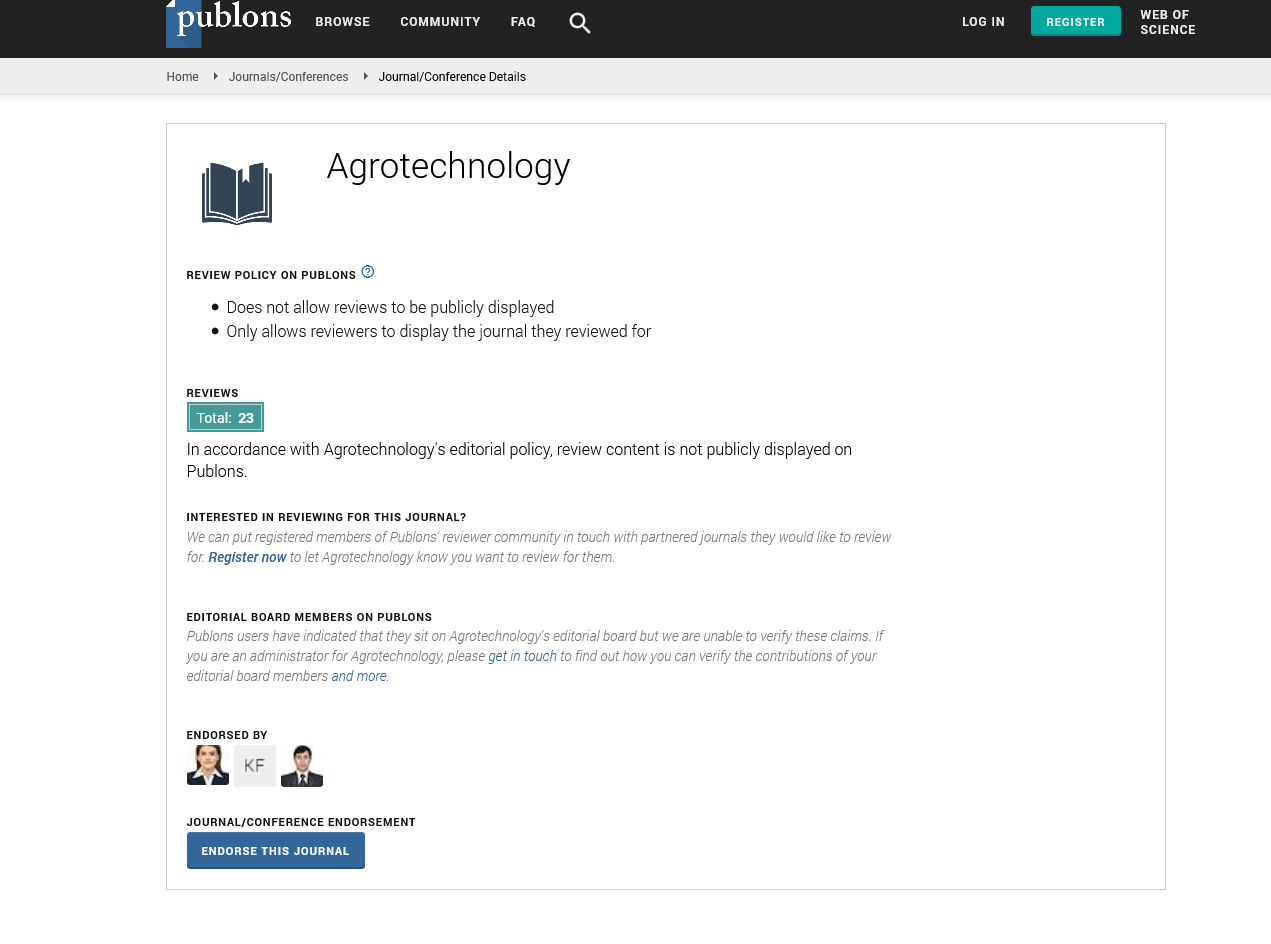Indexed In
- Open J Gate
- Genamics JournalSeek
- Academic Keys
- ResearchBible
- Cosmos IF
- Access to Global Online Research in Agriculture (AGORA)
- Electronic Journals Library
- RefSeek
- Directory of Research Journal Indexing (DRJI)
- Hamdard University
- EBSCO A-Z
- OCLC- WorldCat
- Scholarsteer
- SWB online catalog
- Virtual Library of Biology (vifabio)
- Publons
- Geneva Foundation for Medical Education and Research
- Euro Pub
- Google Scholar
Useful Links
Share This Page
Journal Flyer

Open Access Journals
- Agri and Aquaculture
- Biochemistry
- Bioinformatics & Systems Biology
- Business & Management
- Chemistry
- Clinical Sciences
- Engineering
- Food & Nutrition
- General Science
- Genetics & Molecular Biology
- Immunology & Microbiology
- Medical Sciences
- Neuroscience & Psychology
- Nursing & Health Care
- Pharmaceutical Sciences
Opinion Article - (2024) Volume 13, Issue 3
The Complexity and Diverse Applications of Plant Genomes
Williams Miller*Received: 23-Aug-2024, Manuscript No. AGT-24-26345; Editor assigned: 26-Aug-2024, Pre QC No. AGT-24-26345 (PQ); Reviewed: 10-Sep-2024, QC No. AGT-24-26345; Revised: 17-Sep-2024, Manuscript No. AGT-24-26345 (R); Published: 25-Sep-2024, DOI: 10.35248/2168-9891.24.13.375
Description
Plant genomes include the complete set of genetic material found within the nucleus, mitochondria, and chloroplasts of plants. These genomes are complex and diverse, reflecting the vast range of plant species and their adaptations to various environments. A plant genome is composed of DNA sequences that include genes, regulatory elements, and non-coding regions. These elements work together to direct the growth, development, and physiological responses of plants. The nuclear genome of plants, typically containing the majority of genetic information, varies significantly in size among different species. This variation is partly due to the presence of repetitive DNA sequences, which can constitute a large portion of the genome. For example, the genome of Arabidopsis thaliana, a widely studied model organism, is relatively small at approximately 135 million base pairs. In contrast, the genome of wheat is about 16 billion base pairs, making it one of the largest among plants. This vast range in genome sizes highlights the genetic diversity and complexity of the plant kingdom.
Plant genomes are diploid, meaning they possess two sets of chromosomes, one from each parent. However, many plants are polyploid, containing more than two sets of chromosomes. Polyploidy is a significant evolutionary force in plants, contributing to speciation and the development of new traits. For instance, modern bread wheat is hexaploid, with six sets of chromosomes, which enhances its genetic diversity and adaptability. The study of plant genomes has been revolutionized by advancements in sequencing technologies. High-throughput sequencing allows researchers to decode the entire genome of a plant quickly and accurately. This has led to the identification of numerous genes involved in critical processes such as photosynthesis, nutrient uptake, and stress responses. By analyzing these genes, scientists can gain insights into how plants function and adapt to their environments.
One notable application of plant genomics is in agriculture. Understanding the genetic basis of traits such as yield, disease resistance, and drought tolerance enables the development of improved crop varieties. For instance, genomics has been used to identify genes associated with resistance to specific pathogens in crops like rice and maize. These genes can be targeted in breeding programs to develop varieties that are less susceptible to diseases, reducing the need for chemical pesticides. Genetic modification is another area where plant genomics plays a vital role. By introducing or altering specific genes, scientists can create plants with desirable traits. Genetically modified crops such as Bt cotton, which produces a toxin that deters insect pests, have been widely adopted and have significantly increased agricultural productivity. Similarly, the development of herbicide-resistant crops allows for more efficient weed control, contributing to higher yields and reduced labor costs.
Plant genomics also has implications for environmental conservation. By studying the genetic diversity within and between plant species, researchers can identify populations that are at risk of extinction and develop strategies to conserve them. For example, genomic data can inform conservation efforts for rare and endangered plant species by identifying genetically distinct populations that are crucial for the species' long-term survival. Moreover, plant genomics contributes to our knowledge of evolutionary biology. By comparing the genomes of different plant species, scientists can reconstruct the evolutionary relationships among them. This helps to trace the origins and diversification of major plant groups and explaining on how the plants have adapted to different ecological niches over millions of years.
In conclusion, plant genomes provide a wealth of information about the genetic basis of plant diversity, adaptation, and evolution. The study of plant genomes has far-reaching applications in agriculture, biotechnology, conservation, and evolutionary biology. Advances in sequencing technologies continue to accelerate our ability to explore and manipulate plant genomes, offering new opportunities to enhance crop production, protect biodiversity, and understand the intricate workings of the plant kingdom.
Citation: Miller W (2024). The Complexity and Diverse Applications of Plant Genomes. Agrotechnology. 13.375.
Copyright: © 2024 Miller W. This is an open access article distributed under the terms of the Creative Commons Attribution License, which permits unrestricted use, distribution, and reproduction in any medium, provided the original author and source are credited.


